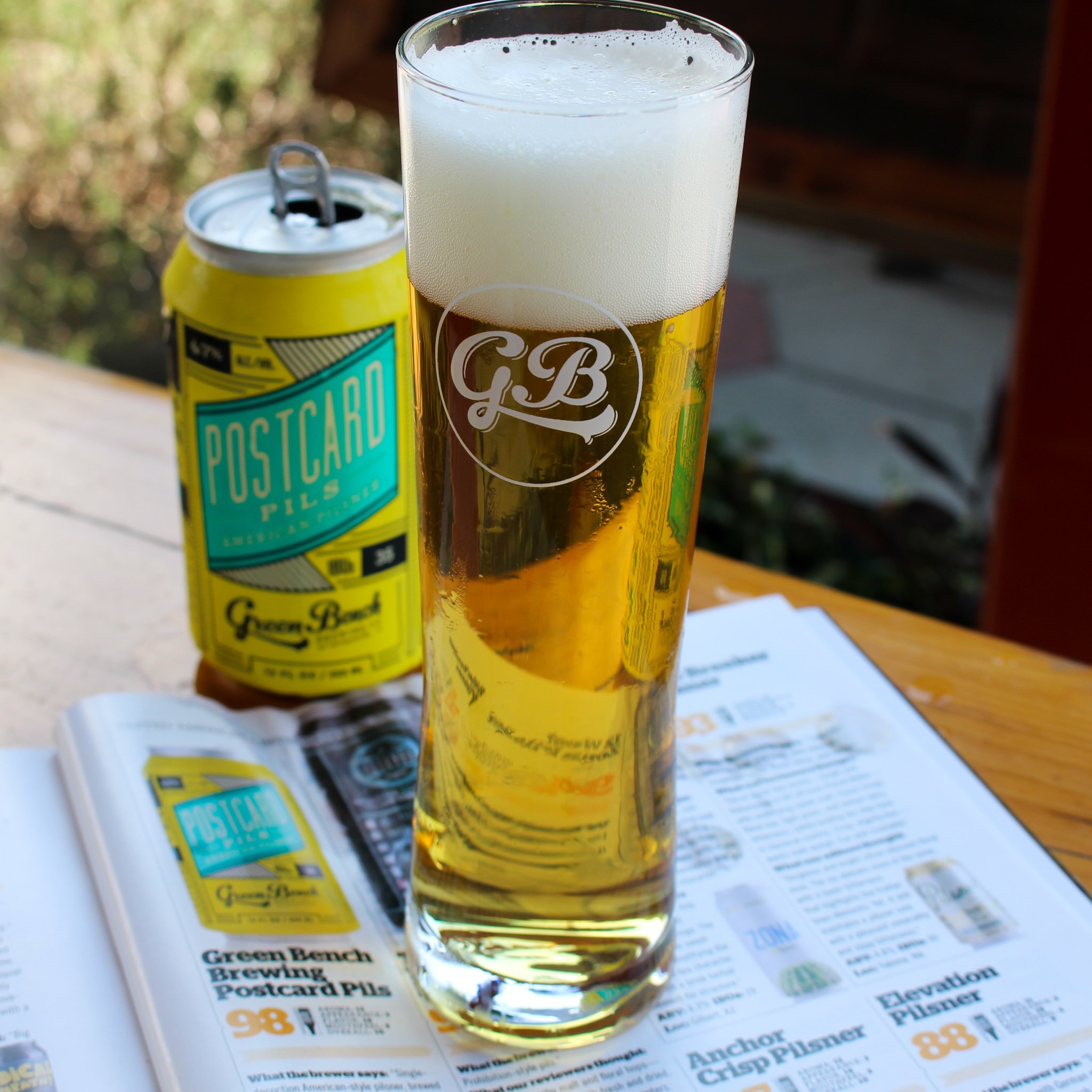Decoction: A Neo-American Tradition
As the year winds down and plans for celebratory time with family, chosen family, and friends ramp up, it’s easy for the mind to wander to traditions – and traditions are not in short supply when it comes to the origin and development of beer.
I wanted to explore the tradition of decoction in brewing as we enter this new season, as I feel it isn’t as well-known or -explored as, say, Oktoberfest or Reinheitsgebot.
So join me as I explore three of the five W’s – who, what, when, where, why – of decoction.
Let’s start with “what”!
What is decoction?
There are many resources to go to when researching and studying beer. My two favorites are Tasting Beer by Randy Mosher and The Oxford Companion to Beer edited by Garrett Oliver.
In this case I went to The Oxford Companion to Beer. Simply stated, “The basic principle of decoction is to remove a part of the mash, boil it, and return it to the main mash, which is held at a constant temperature” (281-282). The point of decoction is to deepen or concentrate malt character to give beer a more complex depth of flavor. This process can be repeated for double and triple decoctions. Each decoction requires a more complex process, but results in a more complex flavor. (To try single versus double decocted Pilsners, try Postcard Pils and Pohlednice. They’re different types of Pilsners, but you try to pick out the differences in the malt character anyway!)
For a very comprehensive look at decoction, our friends at beerandbrewing.com wrote an excellent article that can be found here. It’s a fascinating and thorough read.
Who is decocting their beers?
Well, first and foremost, Green Bench (GB) is! I sat down with our Head Brewer and Co-Owner Khris Johnson to talk about why GB started decocting our beers.
During our chat Khris invoked one of our favorite brewery’s names, Bierstadt Lagerhaus. They’re a brewery in Denver, CO where Ashleigh Carter is making the exemplar of German lagers in the U.S. Ashleigh’s approach majorly influenced Khris’s decision to decoct.
“As far as I’m concerned Bierstadt is the gold standard. My thought process was: I live in St. Pete, FL and I don’t live in Denver so I can’t go drink Slow Pour Pils everyday because I don’t have access to it, so how do I drink Slow Pour Pils everyday without just making it? I wanted the memorable characteristics of Slow Pour Pils available to me all the time so I had to learn how to [decoct]. Otherwise I was dissatisfied.”
But lagers aren’t only decocted in the US. The tradition hails from Europe. It’s age-old and ensures that lagers remain (sometimes) crispy and (always) complex. In fact, it’s the decoction process that makes Postcard Pils more of an American-Euro hybrid (as does the imported malt). But hundreds of years of tradition doesn’t lie - decoction truly produces a superior lager.
And finally, the why. Why take the extra steps?
“What [decoction] adds is a depth of flavor that lasts and continues to develop throughout the palate – from first sip to final sip. Before decoction, Postcard had a great aroma, nice malt character, it was really clean, beautiful lager fermentation, hops on the nose. And [I] would taste it and be like ‘cool–malt character, slight sweetness, dry’ and that was kind of it. With bitterness. But it just finished and it kind of went away. And that was great! It was a phenomenal beer,” Khris explains.
He goes on to explain that it took us a little while to get to a point where decocted Postcard Pils was better than the single infusion (not decocted) version. The way he explains the flavor post-decoction integration reminds me of one of the Salvador Dali paintings hanging at the museum downtown, Lincoln in Dalivision. Single-infusion Postcard is like the painting far away - the big picture is beautiful or at least technically a marvel. But a decocted Postcard is the painting up close. The nuance and complexity are magnified. The details shine.
Khris tells me that what he was searching for with decoction was not so much a flavor as it was an experience.
“What you’re left with after the bitterness is not just dryness, you’re left with malt flavor. I get so much more malt character on the back end. So it made the palate last a lot longer. I thought it extended the experience of the beer. And, to me, that made it memorable. You keep thinking about the beer because you keep tasting the beer. And that’s what I think decoction brought to the table.”
Take a sip of Postcard Pils. Tell us what you think.
At Green Bench we don’t only stick to beer traditions when it comes to the holidays, we also host a food drive for local families in need, show movies on the big screen in the beer garden, and give the brewery a little sparkle with decorations. We also take the time to cut loose as a staff at our annual holiday party. And most of all, we look forward to seeing all of you and your families, chosen families, and friends around the holidays and everyday!

